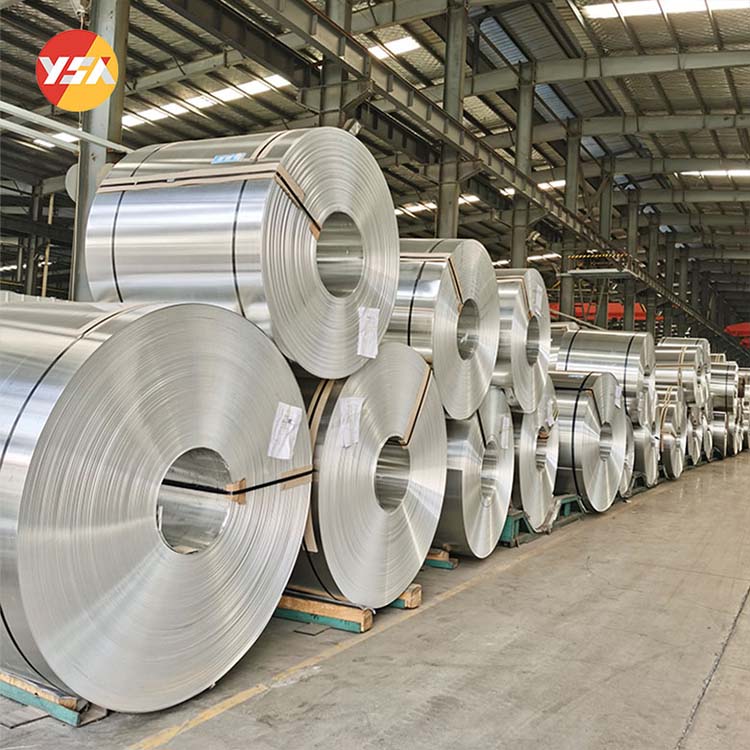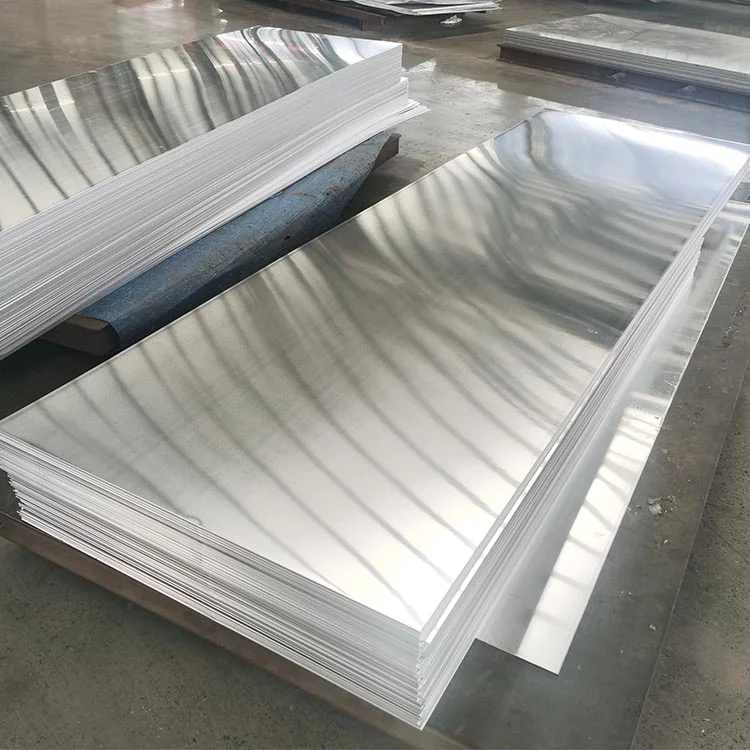[ad_1]
Unwrapping the Potential of Aluminium Foil in Battery Technology
In the world of battery technology, aluminium foil is a material that is often overlooked but holds immense potential. As the demand for more efficient and environmentally friendly batteries continues to rise, researchers and engineers are turning to innovative materials such as aluminium foil to help meet these challenges. In this article, we will explore the unique properties of aluminium foil and its applications in battery technology.
Aluminium foil is a thin sheet of metal that is widely used for packaging, insulation, and cooking. It is lightweight, flexible, and resistant to corrosion, making it an ideal material for a wide range of applications. One of the key advantages of aluminium foil is its high conductivity, which makes it a perfect candidate for use in batteries.
In traditional batteries, the electrodes are typically made of materials such as graphite or lithium cobalt oxide. However, these materials have limited conductivity and can lead to energy loss and inefficiency. By using aluminium foil as an electrode material, researchers can improve the overall performance of batteries and make them more reliable and cost-effective.
One of the main advantages of using aluminium foil in batteries is its high conductivity. Aluminium foil has an electrical conductivity of around 62% of that of copper, which is much higher than other electrode materials. This means that aluminium foil can help to improve the efficiency of batteries and reduce energy loss during charging and discharging cycles.
Another key advantage of aluminium foil is its high surface area. The thin and flexible nature of aluminium foil allows for a larger surface area to be exposed to the electrolyte, which can increase the rate of chemical reactions within the battery. This can lead to faster charging times and improved energy storage capacity.
Aluminium foil is also lightweight and easy to work with, making it an attractive material for use in batteries. Its flexibility allows for seamless integration into battery designs, and it can be easily shaped and formed to fit specific requirements. This makes aluminium foil a versatile material that can be tailored to different battery configurations and applications.
Aluminium foil is also highly resistant to corrosion, which is a common issue in batteries. Corrosion can lead to degradation of the electrode materials and reduce the lifespan of the battery. By using aluminium foil, researchers can mitigate these issues and create more durable and long-lasting batteries.
In addition to its physical properties, aluminium foil is also a sustainable material that can help to reduce the environmental impact of battery production. Aluminium is one of the most abundant metals in the earth’s crust and can be easily recycled and reused. This can help to reduce waste and lower the carbon footprint of battery manufacturing.
There are already several research projects and commercial applications that are exploring the use of aluminium foil in batteries. For example, researchers at Stanford University have developed a new type of aluminium battery that uses aluminium foil as an anode material. This battery has shown promising results in terms of energy density and cycle life, making it a potential candidate for use in electric vehicles and renewable energy storage systems.
Another example is the use of aluminium foil in flexible batteries for wearable devices. The thin and lightweight nature of aluminium foil makes it an ideal material for creating flexible and bendable batteries that can be integrated into clothing and accessories. This opens up new possibilities for the development of smart textiles and wearable technology.
In conclusion, aluminium foil is a versatile and promising material that has the potential to revolutionize battery technology. Its high conductivity, large surface area, flexibility, and sustainability make it an attractive choice for improving the performance and efficiency of batteries. As researchers continue to explore the applications of aluminium foil in batteries, we can expect to see more innovations that will drive the advancement of energy storage technologies. By unwrapping the potential of aluminium foil, we can pave the way for a more sustainable and efficient future.
[ad_2]


